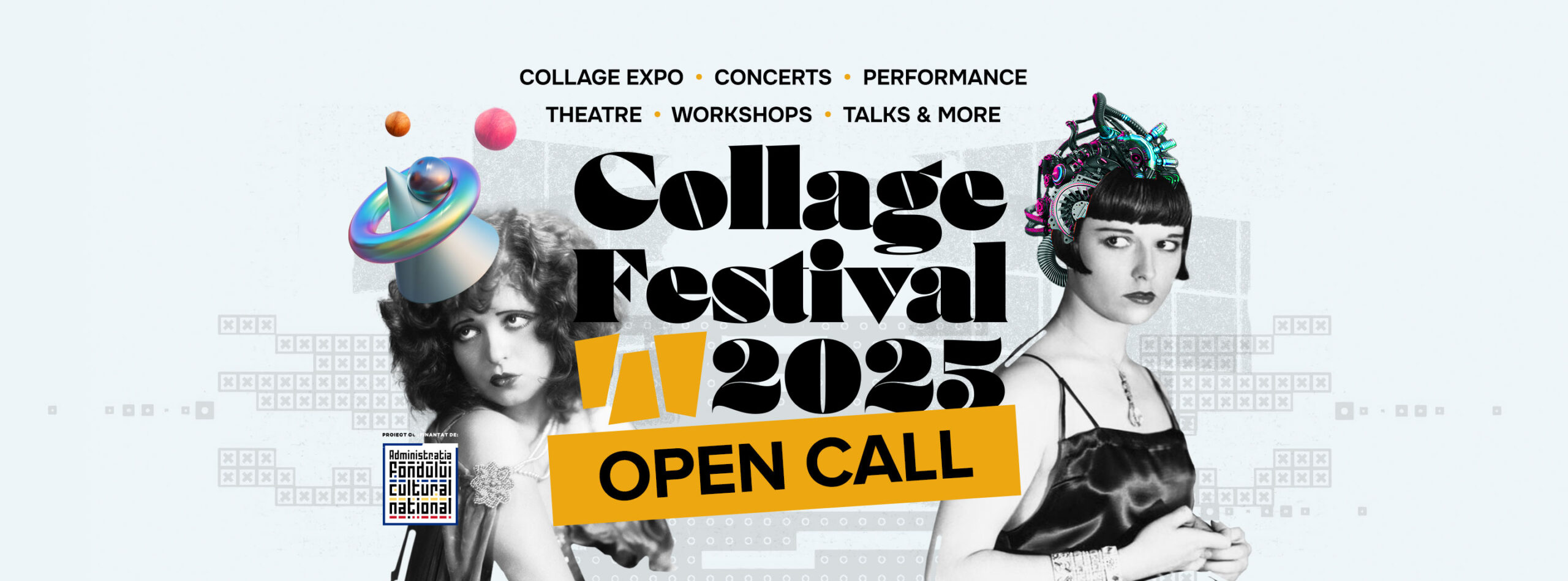OPEN CALL - Collage Festival 2025 - The New 20’s
This year, the festival aims to explore the theme The New 20’s by drawing a parallel between the two decades – the 1920s and the 2020s – through multiple perspectives.
The 1920s burst into life with Dada, Surrealism, Bauhaus, jazz, and sound film: a collage of new forms, born from the ruins of war. Today, we are living through “The New 20’s”, shaped by the pressure of the pandemic, the evolution of AI, ongoing conflicts, and visual oversaturation. Once again, old structures are beginning to crack—and collage remains a powerful tool to dismantle and rebuild them.
Why compare these two decades?
Both were born from crisis and ignited revolutions in technology, art, and lifestyle. If the 1920s used collage to deconstruct the old order and imagine industrial futures, today’s 2020s challenge us to cut through the hyper-digital world and create meaning in an oversaturated present.
Collage Festival 2025 invites you to bring these two eras into conversation—to cut, paste, remix, and reflect on how they speak to each other:
- Roaring Twenties / Jazz Age / Golden Twenties / Années Folles vs. Post-Internet / Post-AI
- Dada-Merz, Constructivism, Surrealism vs. glitch, meme culture, NFTs, generative code
Collage still says “no” and “what if”. Cut, paste, reimagine the new 20’s!
Historical Context
1920–1930: “Roaring Twenties / Jazz Age / Golden Twenties / Années Folles”
A decade of rebirth after the storm.
- Post-trauma energy. World War I ends, followed by an explosive wave of cultural and economic revival (until the 1929 stock market crash—Black Friday).
- Rising political tensions. While some dream of freedom (Weimar Republic), extremism grows: fascism in Italy, Hitler’s rise in Germany, communism in the East.
- Paradigm-shifting science. Breakthroughs like penicillin, insulin, quantum mechanics (Heisenberg), the theory of relativity (Einstein), and an expanding universe reshape human understanding.
- Emerging mass media. Radio becomes a global medium, early TV emerges, and film gains sound and color.
- Cultural avant-garde. Dada, Surrealism, Bauhaus, Art Deco, Jazz—an explosion of new forms, radical ideas, and artistic freedom.
- Social transformation. Women fight for liberation (flappers), LGBTQ+ visibility begins to emerge, U.S. Prohibition fuels underground culture, and pulp magazines flourish.
- A defining pandemic. The Spanish Flu, emerging at the end of WWI, becomes one of the deadliest pandemics in history.
2020–present: “The New 20’s”
A new beginning shaped by crisis and digital interconnection.
- Post-trauma energy, again. In the aftermath of COVID-19 and global supply chain breakdowns, the world moves into a rebuilding phase—marked by both hope and recession fears.
- Geopolitical turbulence. The war in Ukraine, Middle East conflicts, and Brexit reshape an increasingly unstable global order.
- Paradigm-shifting science. Generative AI (ChatGPT, Midjourney), quantum computing, advanced gene editing (CRISPR), discoveries from the James Webb telescope, and plans for space colonization become tangible realities.
- Media 2.0. Crypto, NFTs, augmented reality, deepfakes, and AI make reality increasingly remixable and fluid.
- Digital avant-garde. Digital collage, meme culture, and endless remixing blur the boundaries between artist and audience.
- Social reconfiguration. With over 8 billion people on Earth, fluid identities, online activism, and climate anxiety reshape how we connect and act.
1920s Avant-Garde vs. Post-Internet Avant-Garde
What was revolutionary then—and what is now?
1920s Avant-Garde
- In the “Roaring Twenties,” artists broke the rules with movements like Dada and Surrealism, using collage, absurd humor, and shocking images to protest war and propaganda.
- Bauhaus and Constructivists believed art should be functional and accessible, with radical, clean design.
- Art Deco brought industrial ornamentation and a sense of tech optimism.
- Jazz and sound film changed the game—improvisation and sound became new tools of expression.
- Photo collages by artists like Hannah Höch and Rodchenko turned press clippings into powerful tools of social critique.
Post-Internet Avant-Garde
- In today’s post-digital, post-AI 2020s, artists work with glitches, memes, and remixes to reveal what lies beneath the digital surface.
- Generative design and data visualization replace the brush with code—letting algorithms shape aesthetics.
- NFT aesthetics introduce a new kind of digital opulence, where value is fluid and the marketplace decentralized.
- AI-generated audio and deepfake voices raise urgent questions about identity and authenticity.
And collage finds a new form through AR and VR—layering realities and turning public space into a cut-and-paste world we can step into.

